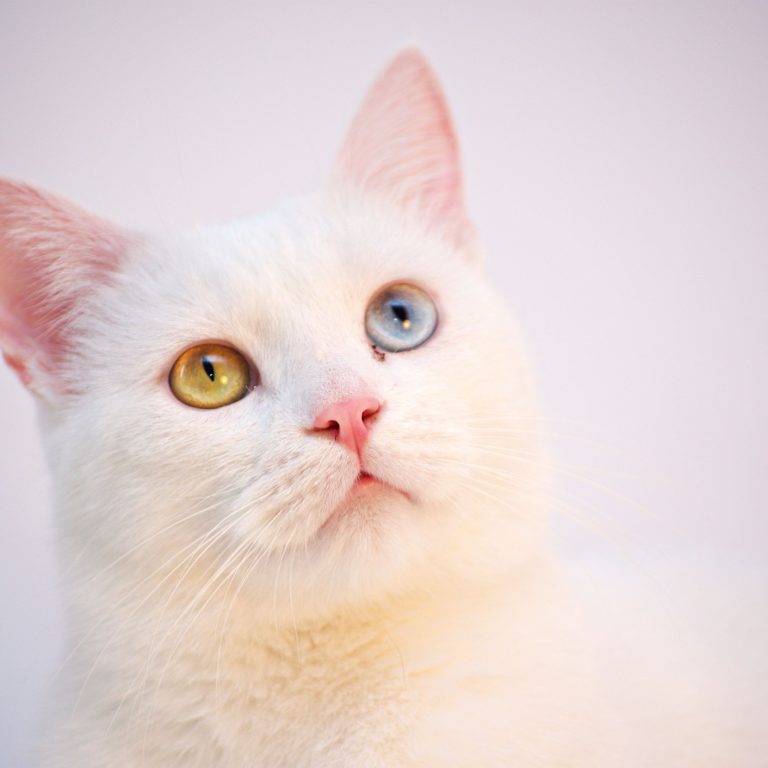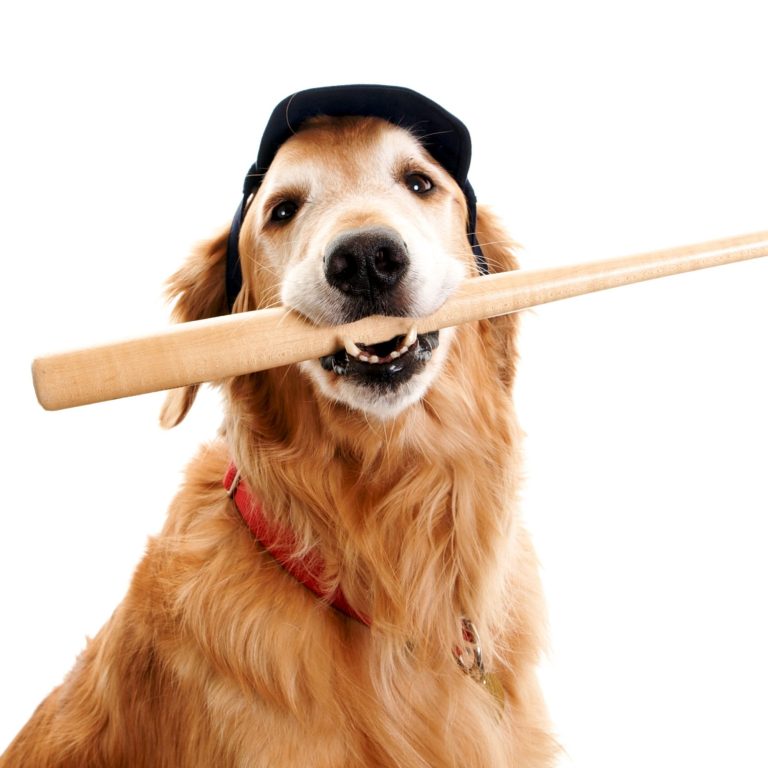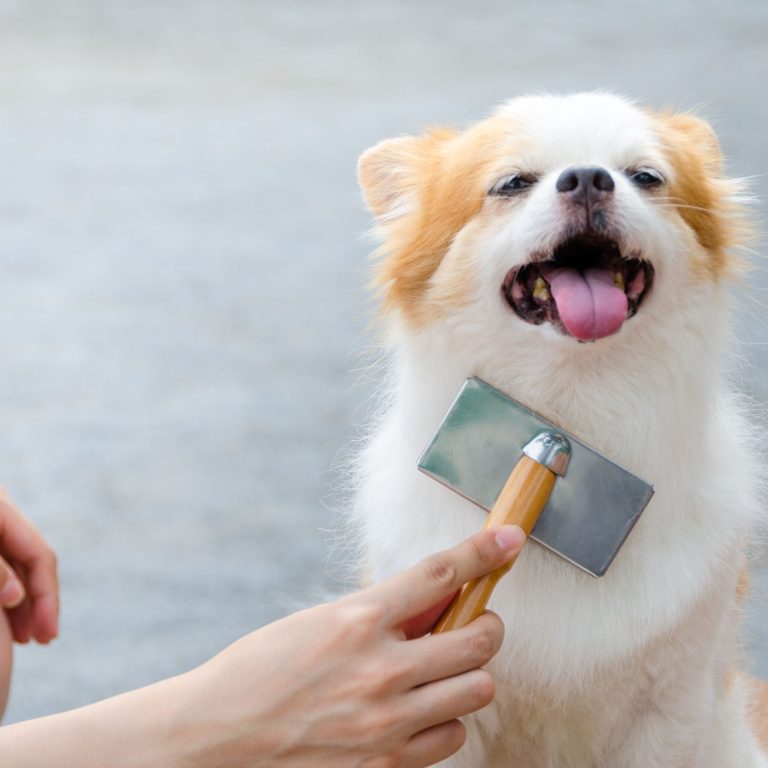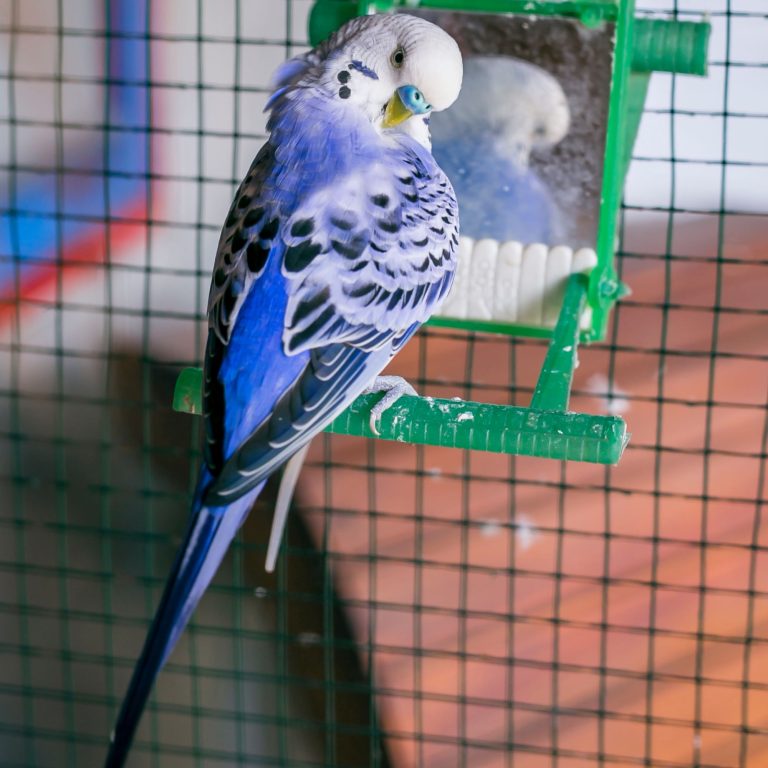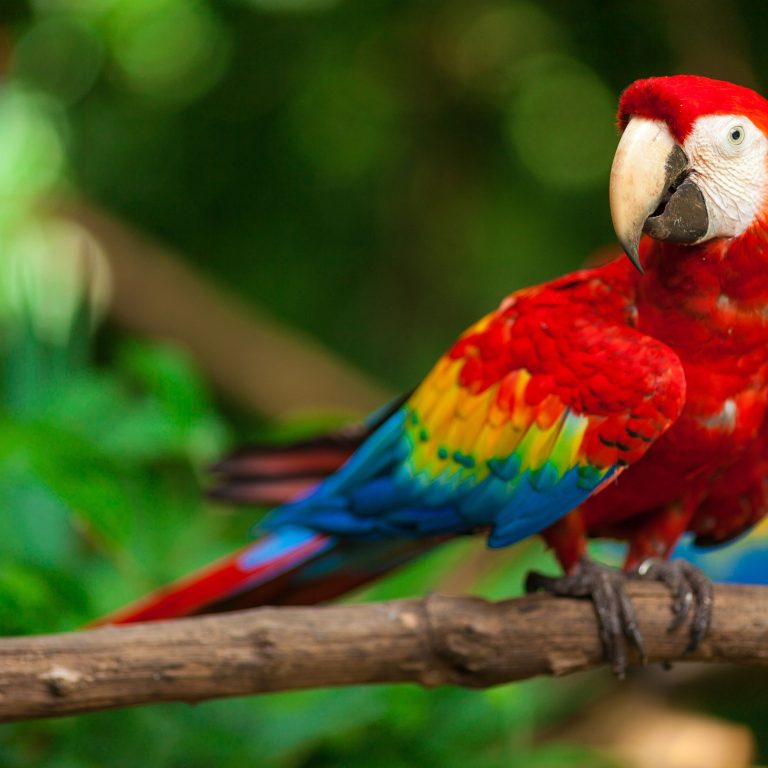Unlocking Your Pets Potential: Puzzle Toys for Problem-Solving
Understanding Puzzle Toys for Pets
Puzzle toys have gained popularity among pet owners as a way to engage and stimulate their furry friends. These interactive toys provide mental and physical stimulation while allowing pets to exercise their problem-solving skills. Whether you have a cat or a dog, puzzle toys can be a great addition to their playtime routine.
What are Puzzle Toys?
Puzzle toys are specially designed toys that challenge pets to solve a problem in order to access a reward. These toys often feature various compartments, hiding spots, or movable parts that require pets to manipulate and figure out how to obtain their treat or toy hidden inside. Puzzle toys can come in different shapes, sizes, and levels of complexity, catering to the specific needs and abilities of different pets.
For cats, puzzle toys can range from treat-dispensing balls to interactive puzzle boards. Dogs, on the other hand, can enjoy puzzle toys that involve sliding panels, spinning disks, or even puzzle feeders. The variety of puzzle toys available ensures that there is something suitable for every pet.
Benefits of Puzzle Toys for Pets
Puzzle toys offer numerous benefits for pets, both mentally and physically. Here are some key advantages:
-
Mental Stimulation: Puzzle toys provide pets with mental challenges that help exercise their cognitive abilities. The problem-solving aspect of puzzle toys engages their minds and keeps them mentally sharp.
-
Preventing Boredom: Pets, especially those who spend a lot of time indoors, can easily become bored. Puzzle toys offer a fun and engaging activity that keeps their minds occupied and reduces boredom.
-
Reduction of Destructive Behavior: Pets that are mentally stimulated are less likely to engage in destructive behaviors out of boredom or frustration. Puzzle toys provide a constructive outlet for their energy and help redirect their focus.
-
Slow Feeding: For pets that tend to eat too quickly, puzzle feeders can be a great solution. These toys slow down their eating pace, promoting better digestion and reducing the risk of gastrointestinal issues.
-
Bonding and Interaction: Playing with your pet using puzzle toys can strengthen the bond between you. Engaging in interactive playtime with your pet not only provides mental stimulation but also creates opportunities for quality bonding time.
By introducing puzzle toys into your pet’s routine, you can unlock their potential and enhance their overall well-being. Remember to choose puzzle toys that are appropriate for your pet’s size, age, and skill level. For more information on specific types of puzzle toys for cats, check out our article on puzzle treat toys for cats.
Puzzle Toys for Cats
If you’re looking to engage your feline friend and provide mental stimulation, puzzle toys for cats are an excellent choice. These toys not only entertain your cat but also help to stimulate their problem-solving skills. Let’s explore the different types of puzzle toys available and how they can benefit your cat.
Types of Puzzle Toys for Cats
There is a wide variety of puzzle toys designed specifically for cats. These toys are designed to challenge your cat’s natural instincts and provide a rewarding experience. Here are some common types of puzzle toys for cats:
-
Treat Dispensing Toys: These toys require your cat to figure out how to release treats or kibble by interacting with the toy. They encourage mental stimulation and provide a fun way for your cat to work for their food. Check out our article on puzzle treat toys for cats for more information.
-
Interactive Toys: These toys engage your cat in interactive play while also providing a mental challenge. They often feature moving parts or hidden compartments that require your cat to manipulate the toy to access a hidden reward. Visit our article on interactive puzzle toys for cats for additional details.
-
Feeder Toys: Feeder toys combine the challenge of a puzzle with the reward of a meal. These toys dispense small amounts of food at a time, encouraging your cat to work for their meal and slow down their eating pace. Explore our article on puzzle feeder toys for cats for more information.
-
DIY Toys: If you’re feeling creative, you can even make your own puzzle toys for your cat. DIY puzzle toys can be made using everyday household items, providing an inexpensive way to keep your cat entertained. Check out our article on DIY puzzle toys for cats for some fun and easy ideas.
How Puzzle Toys Stimulate Problem-Solving
Puzzle toys engage your cat’s natural instincts and provide them with mental challenges. Here’s how puzzle toys stimulate problem-solving in cats:
-
Mental Stimulation: Puzzle toys require your cat to think and problem-solve to access the hidden reward. This mental stimulation helps keep their mind sharp and active.
-
Satisfying Hunting Instincts: Cats are natural hunters, and puzzle toys simulate the thrill of hunting prey. By engaging in puzzle-solving activities, your cat can exercise their hunting instincts in a safe and rewarding way.
-
Reducing Boredom: Puzzle toys provide a source of entertainment and enrichment for your cat, helping to alleviate boredom. Boredom can lead to undesirable behaviors, such as excessive meowing or destructive behavior. Puzzle toys can help redirect their energy and keep them occupied.
By providing your cat with a variety of puzzle toys, you can keep them mentally engaged and entertained. Remember to supervise your cat while they play with puzzle toys to ensure their safety. If you’re interested in exploring more puzzle toy options or looking for recommendations, check out our article on best puzzle toys for cats.
Keep your furry friend mentally stimulated and engaged with puzzle toys designed to challenge their problem-solving skills.
Choosing the Right Puzzle Toy for Your Cat
When it comes to selecting a puzzle toy for your cat, it’s important to consider their personality and preferences as well as the difficulty levels of the toys. By taking these factors into account, you can ensure that your feline friend will be engaged and challenged by the puzzle toy.
Considering Your Cat’s Personality and Preferences
Every cat has their own unique personality and preferences, so it’s essential to choose a puzzle toy that aligns with their individual characteristics. Some cats may be more food-motivated, while others may be more interested in toys that involve movement or sound.
If your cat loves treats, puzzle treat toys may be the perfect choice. These toys are designed to dispense treats as your cat interacts with them, providing both mental stimulation and a tasty reward. For more information on puzzle treat toys, check out our article on puzzle treat toys for cats.
On the other hand, if your cat enjoys playing with toys, interactive puzzle toys that require manipulation or problem-solving skills may be more suitable. These toys often involve hidden compartments, movable parts, or puzzles that your cat needs to solve to access their favorite toys. For a selection of different puzzle toys, head over to our article on best puzzle toys for cats.
Difficulty Levels of Puzzle Toys
Just like humans, cats have varying levels of problem-solving skills. It’s important to choose a puzzle toy that matches your cat’s abilities to ensure they can successfully engage with it. Puzzle toys typically come in different difficulty levels, ranging from easy to advanced.
For beginners or kittens, simple puzzle toys with fewer components and straightforward challenges are ideal. These toys help build your cat’s confidence and problem-solving skills gradually. If you’re looking for puzzle toys specifically designed for kittens, check out our article on puzzle toys for kittens.
As your cat becomes more experienced and adept at solving puzzles, you can gradually introduce more complex puzzle toys. These toys may have multiple compartments, require more steps to access treats or toys, or feature more intricate mechanisms. Remember to monitor your cat’s progress and switch to more challenging toys as they become proficient.
By considering your cat’s personality, preferences, and the appropriate difficulty level, you can select a puzzle toy that will provide mental stimulation and enjoyment for your furry companion. Don’t be afraid to try out different types of puzzle toys to find the ones that best suit your cat’s interests. Remember, the goal is to provide engaging and enriching experiences that tap into your cat’s natural problem-solving instincts.
Introducing Puzzle Toys to Your Cat
Once you’ve selected the perfect puzzle toy for your cat, it’s time to introduce it and encourage engagement and interest. Cats may require some initial guidance and motivation to understand how to interact with puzzle toys. Here are some tips for a successful introduction:
Encouraging Engagement and Interest
-
Set up a quiet and familiar environment: Choose a calm and familiar space where your cat feels comfortable. This will help reduce distractions and create a safe and inviting atmosphere for exploration.
-
Use positive reinforcement: Encourage your cat’s curiosity and interest in the puzzle toy by offering praise, gentle petting, or treats whenever they show interest or interact with the toy. Positive reinforcement will help create positive associations with the puzzle toy.
-
Start with simple puzzles: Begin with easy puzzles that require minimal effort or problem-solving skills. This will allow your cat to gain confidence and understand the concept of the puzzle toy. Gradually increase the complexity of the puzzles as your cat becomes more comfortable and proficient.
-
Place treats or favorite toys: To pique your cat’s interest, place some treats or their favorite toys inside the puzzle toy. The enticing scent or sight of a reward will motivate them to explore and engage with the toy.
-
Demonstrate play: Cats are observant creatures, so showing them how to interact with the puzzle toy can be helpful. Gently move or manipulate the puzzle toy to demonstrate how it works. Your cat may mimic your actions and start exploring the toy on their own.
Tips for Successful Introduction
-
Patience is key: Every cat is unique and may require different amounts of time to adapt to a new puzzle toy. Be patient and allow your cat to explore the toy at their own pace. Avoid rushing or forcing them to interact with it.
-
Monitor interaction: Initially, observe your cat’s interaction with the puzzle toy to ensure they are using it safely and not becoming frustrated. If your cat shows signs of frustration or becomes disinterested, try a different type of puzzle toy or adjust the difficulty level.
-
Rotate and vary puzzle toys: To keep your cat engaged and prevent boredom, rotate the puzzle toys regularly. Introduce new puzzle toys with different challenges and designs to stimulate their problem-solving skills and keep their curiosity piqued. Check out our article on puzzle toys for playtime for more ideas.
-
Supervise playtime: While puzzle toys can provide mental stimulation and entertainment, it’s important to supervise your cat during playtime. Ensure that they are not attempting to chew or swallow any small parts of the puzzle toy. Always prioritize your cat’s safety and well-being.
By following these tips, you can help your cat become familiar with and enjoy their puzzle toy. Remember, the ultimate goal is to provide mental stimulation, enhance problem-solving skills, and offer a rewarding and enjoyable experience for your feline companion.
Maximizing the Benefits of Puzzle Toys
To fully unlock the potential of puzzle toys for your cat, there are a few strategies you can employ. By rotating and varying puzzle toys and ensuring supervision and safety considerations, you can enhance your cat’s experience and keep them engaged.
Rotating and Varying Puzzle Toys
Just like humans, cats can get bored with the same toys over time. To prevent your cat from losing interest, it’s important to rotate the puzzle toys you offer. Introduce different types of puzzle toys on a regular basis to keep their playtime exciting and engaging. This can include puzzle treat toys, interactive puzzle toys, or puzzle feeder toys. For some inspiration, check out our article on best puzzle toys for cats.
Additionally, varying the difficulty levels of the puzzle toys can help keep your cat challenged and mentally stimulated. Start with simpler puzzles and gradually increase the complexity as your cat becomes more adept at solving them. This ensures that your cat continues to develop their problem-solving skills and remains engaged with the toys. Consider trying different types of puzzle toys, such as puzzle toys for kittens or puzzle toys for bored cats, to cater to your cat’s specific needs and interests.
Supervision and Safety Considerations
While puzzle toys provide mental enrichment and entertainment, it’s important to prioritize your cat’s safety. Supervision is key, especially when introducing your cat to a new puzzle toy. Observe their interactions and ensure they are using the toy correctly and not exhibiting any signs of frustration or distress.
Regularly inspect the puzzle toys for any signs of wear and tear. Loose parts or damaged toys can pose a choking hazard or cause injury to your cat. If you notice any damage, it’s best to remove the toy from their play area. Additionally, always follow the manufacturer’s guidelines for use, including any age or weight restrictions.
Remember, puzzle toys should never replace interactive playtime with you. Set aside dedicated play sessions to engage with your cat using other toys or activities. This helps to build a strong bond between you and your feline friend while providing additional mental and physical stimulation.
By rotating and varying puzzle toys and ensuring supervision and safety considerations, you can maximize the benefits of these toys for your cat. Keep an eye out for our other articles on diy puzzle toys for cats and puzzle toys for indoor cats for more ideas on how to enrich your cat’s playtime and keep them mentally sharp.


